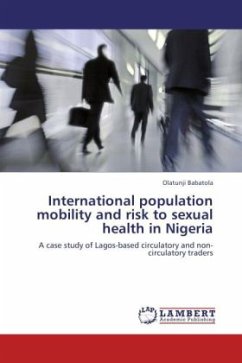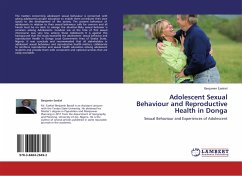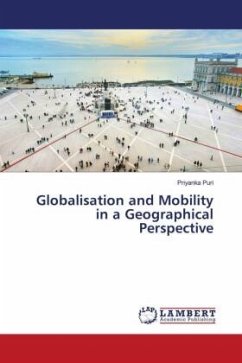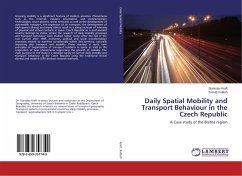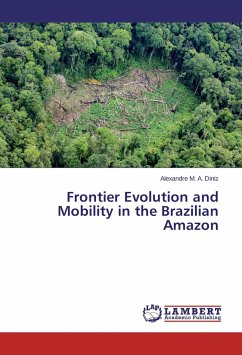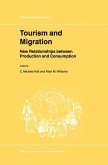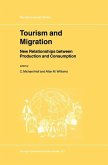This is a unique contribution to the studies on population mobility and sexuality risk focusing on Lagos, Nigeria s most populous metropolis and one of the world s fastest growing megacities. Employing a robust data acquisition method the study compares the bio-social attributes of the circulatory and non-circulatory traders for theoretical insight. It then analyzed the structure of trips to regional destinations by circulators and their sexual transactions. It goes further to compare the local dimension of risky sexuality profiles of the circulatory and non-circulatory traders. In doing so, it compares measures, patterns and factors of sexuality risk between the circular and the non-circular groups in the context of HIV/AIDS preventive policy. It compares also models of local sexuality risk for the two groups, as well as models that could explain the occurrence of risky sexuality among circulatory migrant traders outside Nigeria. The book which explores a number of new concepts on circulators trip structure is a must for students, researchers and policy analysts in the general and specific areas of migration and sexuality risk in the context of HIV/AIDS.
Bitte wählen Sie Ihr Anliegen aus.
Rechnungen
Retourenschein anfordern
Bestellstatus
Storno

